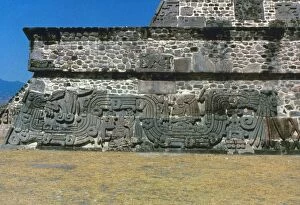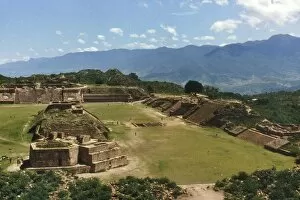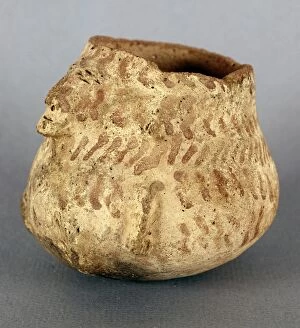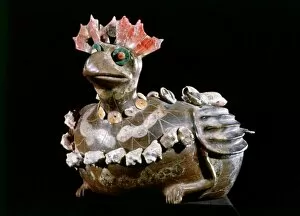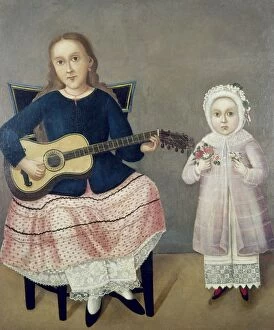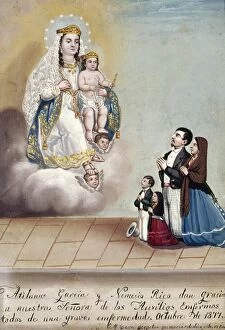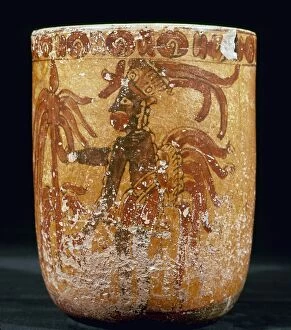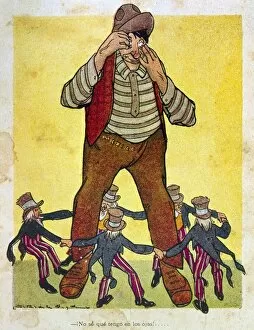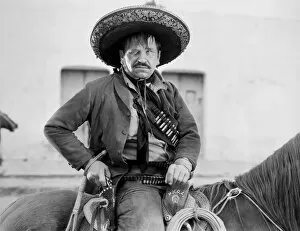Mesoamerican Collection (#39)
"Mesoamerican Marvels
For sale as Licensed Images
Choose your image, Select your licence and Download the media
"Mesoamerican Marvels: Exploring Diego Rivera's Captivating Murals and Mexico's Rich History" Step into the world of Mesoamerica through the mesmerizing murals of renowned artist Diego Rivera. One such masterpiece, "Detroit, " captures the essence of the booming automobile industry in 1930s America. With intricate details, Rivera showcases the power and innovation that defined this era. In another mural titled "Day of the Dead, " located at Mexico City's Ministry of Public Education, Rivera delves into a beloved Mexican tradition. The vibrant feast celebrates life and honors ancestors with colorful altars adorned with marigolds and sugar skulls. Through his artistry, Rivera immortalizes this cultural celebration. Rivera also pays homage to pre-Columbian civilizations like the Zapotec in his mural at Mexico City's Ministry of Public Education. This captivating piece from 1925 depicts their rich history and achievements, showcasing their advanced society long before European colonization. The Detroit Institute of Arts houses yet another stunning work by Rivera - a detailed section from his automotive industry mural. Here, he skillfully portrays workers laboring amidst towering machinery, symbolizing both progress and human struggle during an industrial revolution. Travel back even further in time to Tenochtitlan (Mexico City) during Spanish conquest through a vividly colored woodcut from 1556. This artwork provides a glimpse into the grandeur that once graced these ancient streets before foreign influence reshaped its landscape forever. Juan O Gorman's mural depicting Miguel Hidalgo's call for revolution on September 16th, 1810 is another powerful representation of Mexican history. It captures the spirit and bravery that fueled Mexico's fight for independence against colonial rule. Returning to Diego Rivera’s "Detroit" mural at The Detroit Institute of Arts reveals its central scene - an awe-inspiring depiction highlighting every aspect of American automobile production during that era. From assembly lines to bustling factories, Rivera showcases the magnitude of this industry's impact.

